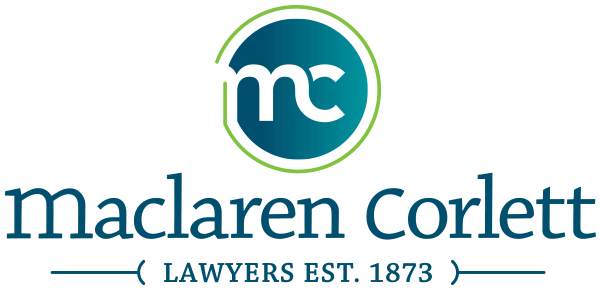So You’ve Been Appointed an Estate Trustee (aka Executor), Now What? – Part 2
Reminder: this series of blog posts assumes the deceased died with a Will. Also, keep in mind that the normal caveat applies: this information only applies to estates administered in Ontario and should be used as a guide only! Speak with a lawyer about your specific situation, as every case is different.
So you’ve decided that you will go ahead and act as Estate Trustee and you’ve already started to complete the first set of required forms (see Part 1 of this series). Now is the time to value the assets of the estate and apply for probate.
You will need to compile a list of all the deceased’s assets with their respective values. This includes:
- Their primary residence and any other property they may own in Ontario, including rental properties and cottages (note: if they owned property situated outside of Ontario, consult a lawyer immediately to ensure the proper handling and recording of those extra-provincial assets);
- Any vehicles, boats, ATVs, etc.;
- All bank accounts, with account numbers and values at the date of death;
- All investments, RRSPs, RIFs, etc. with account numbers and values at the date of death;
- Personal and household items generally (if there is nothing of considerably high value, a lump sum amount can be attributed to these items as a whole); and
- Expensive jewelry, collectibles, art, antiques, etc.
For property, such as homes and cottages, as well as vehicles, we recommend getting at least two independent appraisals for each and using the average of the values obtained as your valuation for the item in your list of assets. Similarly, for expensive jewelry, collectibles, art, antiques and the like, an appraisal should be obtained as soon as possible to determine their values.
Once all of the above has been collected and valued, you can start putting together your application for a Certificate of Appointment of Estate Trustee with a Will (i.e. probate). This includes:
- Form 74.4 – Application for a Certificate of Appointment of Estate Trustee with a Will – This form requires you to note the value of the assets of the estate, both personal property and real estate separately, and the total value for the assets as a whole;
- An inventory of the assets of the Estate, as described above;
- The original will with the affidavit of execution attached;
- Form 74.7 – Notice of an Application for a Certificate of Appointment of Estate Trustee, with Form 74.6 (Affidavit of Service of Notice) attached, which simply states that you, as estate trustee, have sent a copy of Form 74.7 to any and all persons entitled to a specific item or property or stated amount of money as noted in the Will, as well as any and all other beneficiaries as listed under the Will (and obviously, you must have sent a copy to those people before completing this step); and
- A bank draft in payment of the full amount of the estate administration tax.
The Estate Administration Tax is based on the total value of the assets of the estate. The current rate is $5 for each $1,000 or part thereof, for the first $50,000 of the value of the estate, and $15 for each $1,000 or part thereof, of the value of the estate exceeding $50,000. If the value of the estate is $1,000 or less, no estate administration tax is required. The Ontario Ministry of Finance webpage entitled “Estate Administration Tax” gives an informative overview, however, we recommend speaking with a lawyer to ensure the estate valuation and administration tax calculation are completed properly before sending your application.
Once this is all complete, send your documents the Estates Division of the jurisdiction where the deceased resided at the time of their death.
Next time – you’ve received the Certificate of Appointment of Estate Trustee with a Will, now what?



